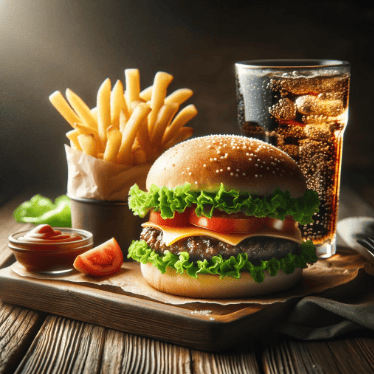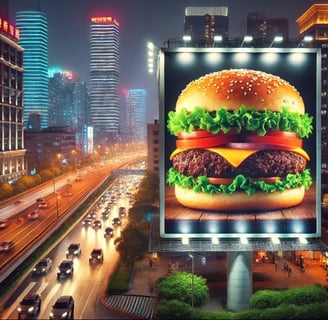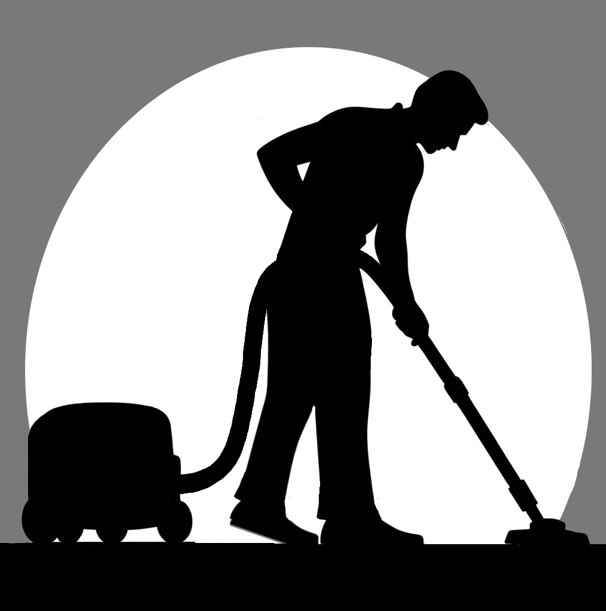Brand Recognition And Generic Terms


Introduction
Images like the one above, showcasing a burger, fries, and a cola crafted using artificial intelligence, instantly evoke associations with iconic brands like McDonald's, Burger King, Coca-Cola, and Pepsi. This phenomenon highlights how some of the most successful companies deeply integrate into our culture, making brand association nearly effortless. Each image in this blog has intentionally been AI-generated, devoid of logos and text, to amplify this connection.


This recognition stems from extensive marketing efforts by fast-food restaurants and soda companies. McDonald's and Coca-Cola, for example, have been partners since 1955. Their advertising strategies, characterized by consistent imagery, colours, and designs, have embedded their brands in the global consciousness. This persistent presence manifests in various media forms, from billboards to television commercials.


When brands become genericised
Brands become 'genericised' when the name of a dominant brand in a category becomes synonymous with the product or service itself. Companies often try to prevent this to maintain their brand identity. Let's examine some ubiquitous generic trademarks:
Jeep: The Jeep, originally a military vehicle from World War II, is renowned for its robustness and ability to navigate rugged terrains. Its entry into the civilian market solidified it as a symbol of adventure. Over time, 'Jeep' has transcended its brand to broadly describe all-terrain vehicles, even those made by other manufacturers.
Bubble Wrap: What started as an attempt at unique wallpaper in 1957 quickly became a packaging phenomenon. The air bubbles of Bubble Wrap became indispensable for protecting fragile items in transit, integrating the product's name into our daily vocabulary.
Aspirin: Bayer originally owned the trademark for 'Aspirin' when it introduced the product in 1899. However, the name became so widely used over time that Bayer lost exclusive rights to it in many countries. Today, 'Aspirin' is a genericised term, meaning other pharmaceutical companies can legally use it to describe their pain-relief medications. This differs from other examples where companies no longer own the trademarked name.


Hoovering or Vacuum Cleaners
In some regions, a brand becomes so synonymous with a product that it becomes a common verb. In Britain, 'Hoover,' a brand name, is commonly used to refer to vacuum cleaners, and vacuuming is called 'hoovering,' even if the appliance is from a different brand. Conversely, 'vacuum cleaner' is the preferred term in the United States.


Conclusion: Navigating Brand Dominance: Risks and Advantages
Our final image is a laptop displaying a search engine page, which may instinctively remind one of Google. This association further underscores how a brand can dominate its market sector, akin to McDonald's in fast food, Bubble Wrap for packaging, or Jeep as an off-road vehicle.
To sum up, brand dominance can be a double-edged sword: it solidifies market leadership yet carries the risk of genericisation, as seen with the widespread use of 'Google it' for web searches or 'Photoshop' for image editing.
Resources
What is Brand Recognition? - Strategies & Benefits | RingCentral UK Blog
Branding – Introduction to Consumer Behaviour (opentextbc.ca)
How Brand Awareness Affects Consumer Behavior - FasterCapital
The Ultimate Guide to Generic Trademarks | Digip blog
What Is Brand Recognition? (Definition, Strategies and Tips) | Indeed.com
Asprin Becomes "Generic" Trademark - MikeLegal
Hoover vs Vacuum: Fundamental Differences Of These Terms (thecontentauthority.com)
List Of 40 Genericized Trademarks | Dictionary.com
'Genericide': Brands destroyed by their own success - BBC News
No Googling, says Google — unless you really mean it (nbcnews.com)



